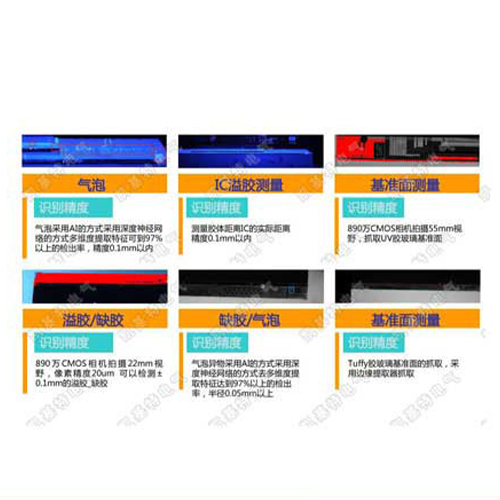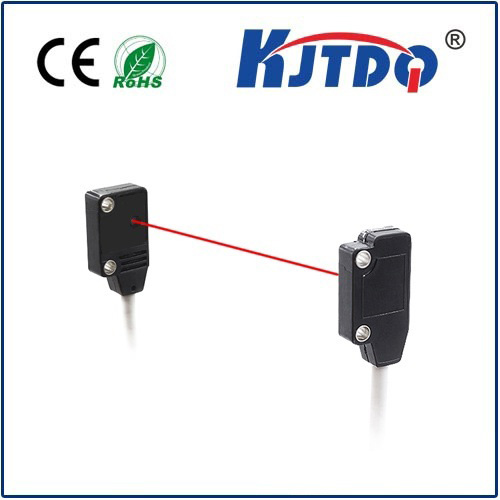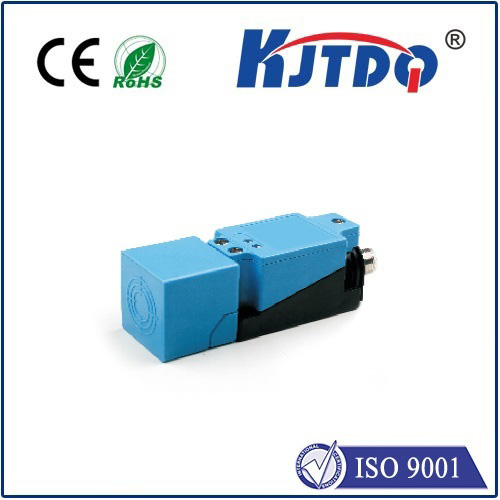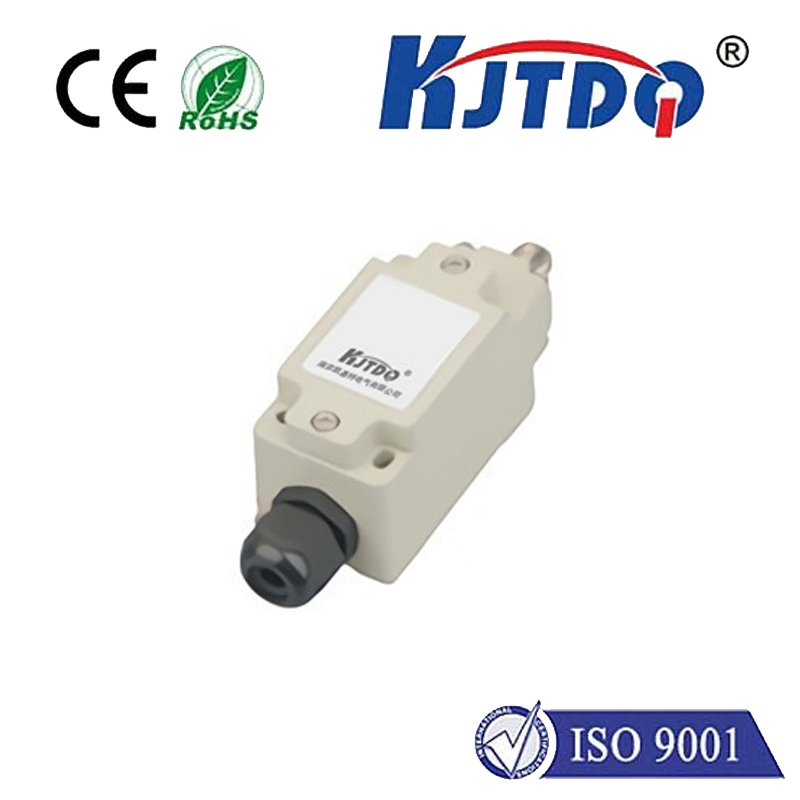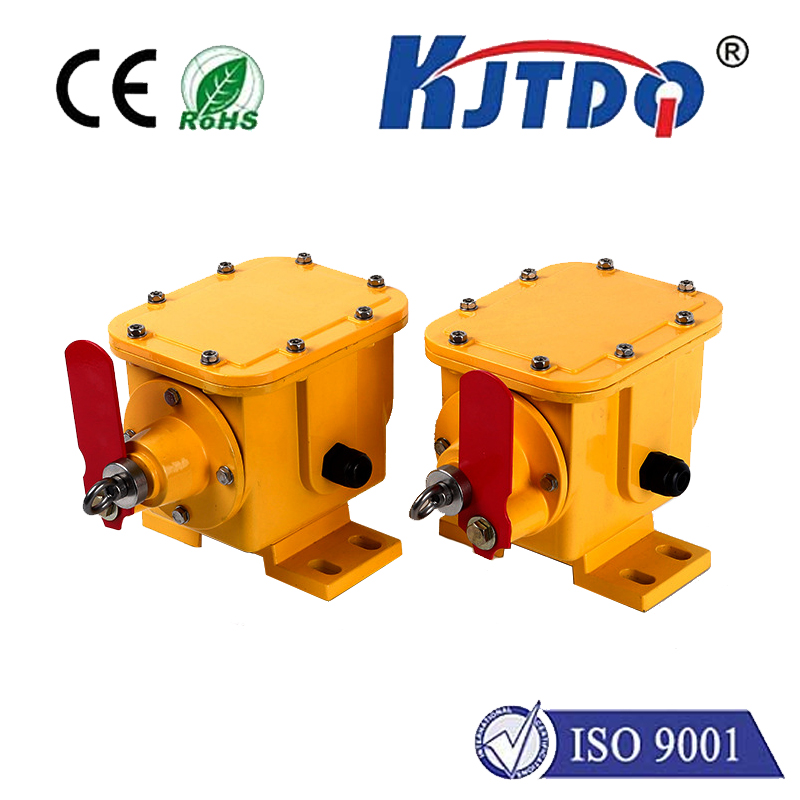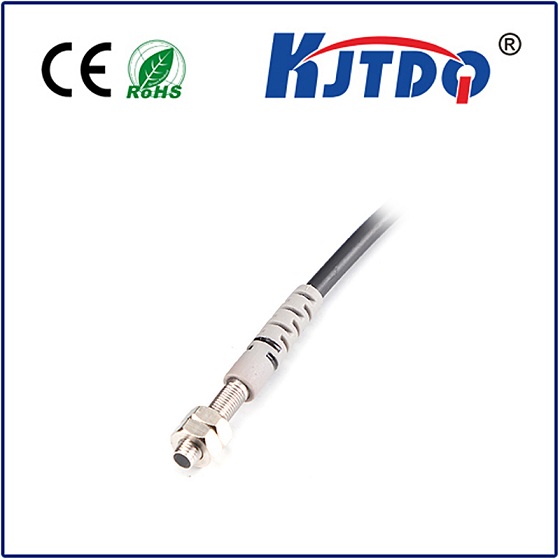E3T-SR23-M5J 0.3M fiber optic photoelectric sensor
- time:2025-09-27 07:26:00
- Нажмите:0
The Mighty Miniaturist: Demystifying Omron’s E3T-SR23-M5J Fiber Optic Photoelectric Sensor
In the intricate ballet of modern automation, where precision is paramount and space is often at a premium, the unseen heroes are frequently the sensors. Among these, fiber optic photoelectric sensors stand out for their versatility and resilience in challenging environments. The Omron E3T-SR23-M5J, with its specific 0.3M cable designation, exemplifies this power packed into a remarkably compact form. Let’s delve into why this particular sensor model is a go-to solution for countless detection tasks demanding accuracy within tight constraints.
Beyond the Bulky: Why Fiber Optics Rule Specific Realms
Traditional photoelectric sensors rely on an integrated emitter and receiver. While effective in many scenarios, they face limitations. Fixed-field optical sensors struggle in confined spaces, are vulnerable to physical damage or misalignment from vibration, and can be blinded by background interference or the properties of the target object itself (like glossiness or transparency). Fiber optic photoelectric sensors elegantly circumvent these issues. They separate the core sensing function (the emitter light beam and receiver detection) from the physical point of detection. The electronics reside safely in a remote, often more robust amplifier unit, while only the small, passive fiber optic cables and sensing heads interact with the target area. This separation unlocks significant advantages:
- Miniaturization Marvel: The sensing head can be incredibly tiny, fitting into spaces where conventional sensors simply cannot go, like inside machinery or inspecting minute components.
- Environmental Immunity: Fiber optic cables are inherently resistant to electrical noise, high temperatures (within rated limits), corrosive chemicals, oils, and moisture that could easily damage the electronics of a standard sensor. The E3T-SR23-M5J benefits immensely from this inherent ruggedness.
- Flexible Positioning: The cable allows the sensing head to be positioned optimally, far from the amplifier, navigating complex machine layouts easily.
- Reduced Interference: Electrical isolation via the fibers prevents ground loops and minimizes the impact of external EMI/RFI on signal integrity.
- Target Versatility: Fiber optic sensors excel at detecting small, shiny, transparent, or low-contrast objects that might challenge other photoelectric types.
Decoding the E3T-SR23-M5J: Precision Tailored

So, what makes the specific Omron E3T-SR23-M5J 0.3M model noteworthy? Breaking down its designation reveals focused capabilities:
- E3T: This identifies it as part of Omron’s extensive E3T series of general-purpose fiber optic photoelectric sensors, known for reliability and performance.
- SR23: This suffix is crucial. It denotes the sensing method and head type. “SR” typically indicates a Through-Beam type configuration requiring separate emitter and receiver fibers/cables. The “23” often specifies a specific small, rectangular, slot-in style sensing head design. Think of it like a tiny, precise “gate” the target object breaks through.
- M5J: This refers to the connector type used to attach the fiber optic cables to the amplifier unit. M5 connectors are a compact, standardized, and highly durable screw-type connection prevalent in industrial sensors. The “J” likely signifies a specific configuration or variant within the M5 standard used by Omron.
- 0.3M: This clearly states the cable length attached to the sensing head(s) is 0.3 meters (approximately 11.8 inches). This specific length is ideal for applications where the sensing point is very close to the amplifier unit or where minimal cable slack is desired in extremely tight spaces. Shorter cables also reduce potential signal attenuation, although minimal at this length.
Performance Powerhouse in a Tiny Package
Equipped with the SR23 style sensing head via its M5J connectors and 0.3M cable, the E3T photoelectric sensor delivers robust performance expected from Omron:
- High-Speed Response: Capable of detecting objects moving at high speeds, essential for modern production lines.
- Stable Operation: Engineered to maintain consistent performance even under challenging conditions like temperature fluctuations or minor contamination.
- Easy Installation & Adjustment: The standardized M5J connectors simplify setup and replacement. Through-beam models like this typically offer very precise detection and are less sensitive to target color or surface finish compared to diffuse reflective types.
- Amplifier Compatibility: The E3T amplifier units (sold separately) provide features like sensitivity adjustment, operation mode selection (Light-ON/Dark-ON), and status indicators, all controllable via a straightforward, compact interface. Crucially, the amplifier accepts the M5J connectors, ensuring seamless integration.
- Compact Sensing Head: The SR23 head is exceptionally small, enabling detection in areas inaccessible to larger sensors. This is its superpower.
Real-World Impact: Where the E3T-SR23-M5J Excels
The specific combination of a short 0.3M cable and the compact through-beam SR23 head makes the Omron E3T-SR23-M5J exceptionally suited for applications demanding precision within confined geometries:
- PCB Assembly & Inspection: Detecting the presence or absence of tiny surface-mount components (chips, resistors, capacitors), verifying connector pin insertion, or checking solder paste application on densely packed circuit boards. The small head fits between components.
- Small Parts Manufacturing & Handling: Verifying the presence of miniature screws, springs, washers, or electronic sub-components in feeders, tracks, or assembly jigs. The through-beam setup provides reliable detection regardless of part color or reflectivity.
- Medical Device Assembly: Ensuring precise placement of delicate components within syringes, inhalers, or diagnostic cartridges where hygiene and space constraints are critical. The fiber optic’s inherent EMI resistance is vital near sensitive electronics.
- Precision Machinery Interlocks: Monitoring tool position, door closure status, or actuator end positions within the cramped confines of complex machinery. Environmental resistance is key.
- Textile & Packaging Machines: Detecting thread breaks, needle position, or verifying the presence of small labels, flaps, or seals on packaging lines at high speed. The sensor’s immunity to vibration ensures stability.
Conclusion: The Right Tool for Precision Detection
Selecting the optimal sensor is fundamental to efficient, reliable automation. Fiber optic photoelectric sensors like the Omron E3T-SR23-M5J offer a unique blend of miniaturization, environmental resilience, and detection versatility. Its specific configuration – the compact through-beam SR23 head, the secure M5J connectors, and the practical 0.3M cable length – makes it a powerhouse solution for applications where space is tight, the environment is demanding, and pinpoint accuracy on small objects is non-negotiable. When you need to detect the minuscule within the confined, the E3T-SR23-M5J proves that big performance truly can come in incredibly small packages. Understanding its model designation is key to unlocking its targeted potential within the vast Omron fiber optic sensor portfolio.

